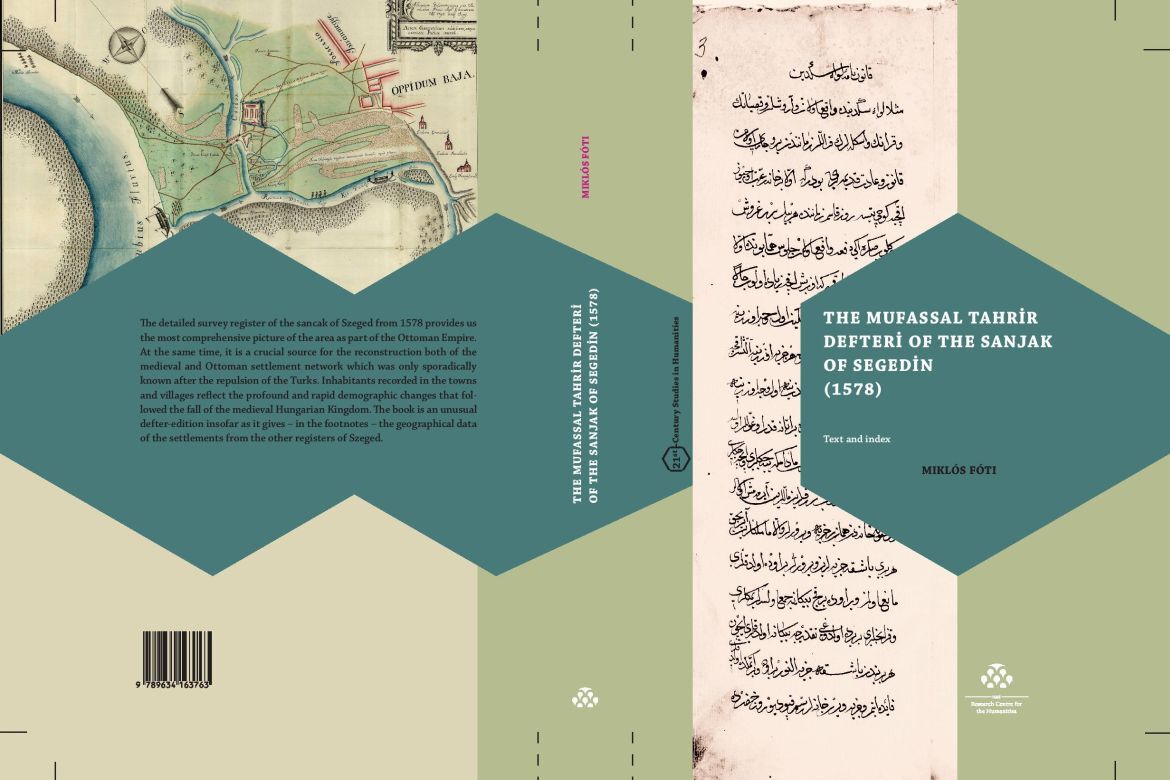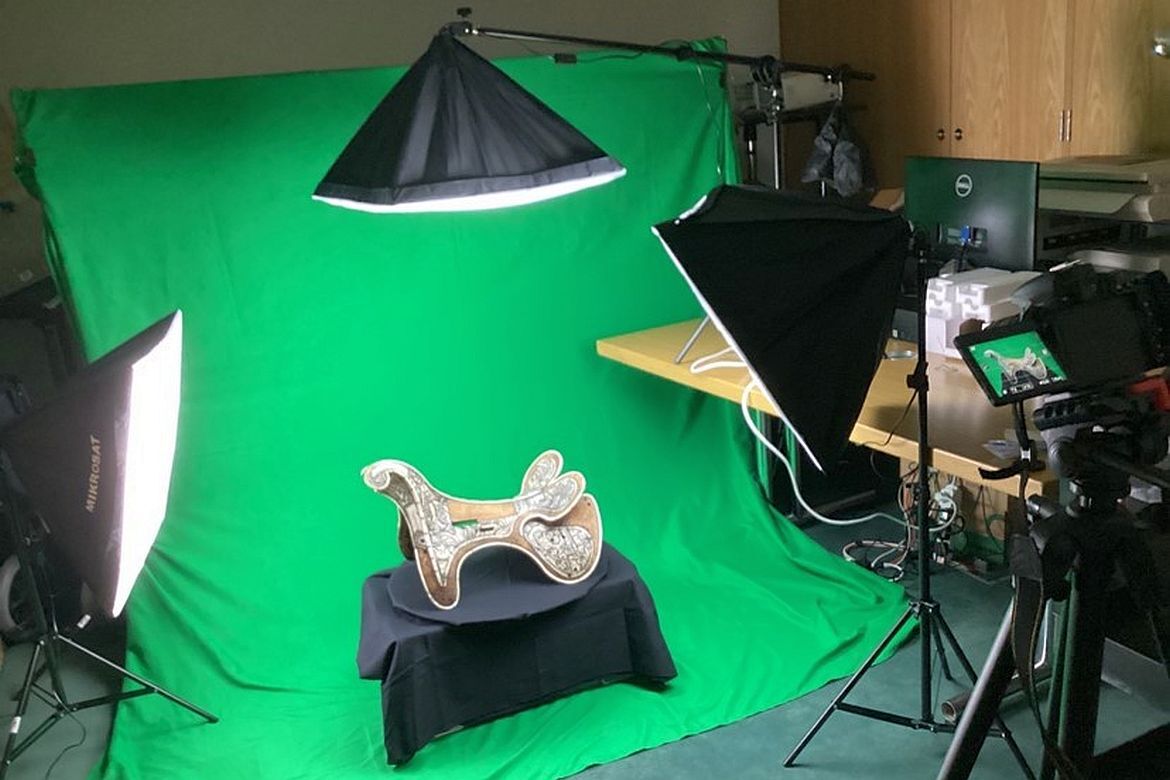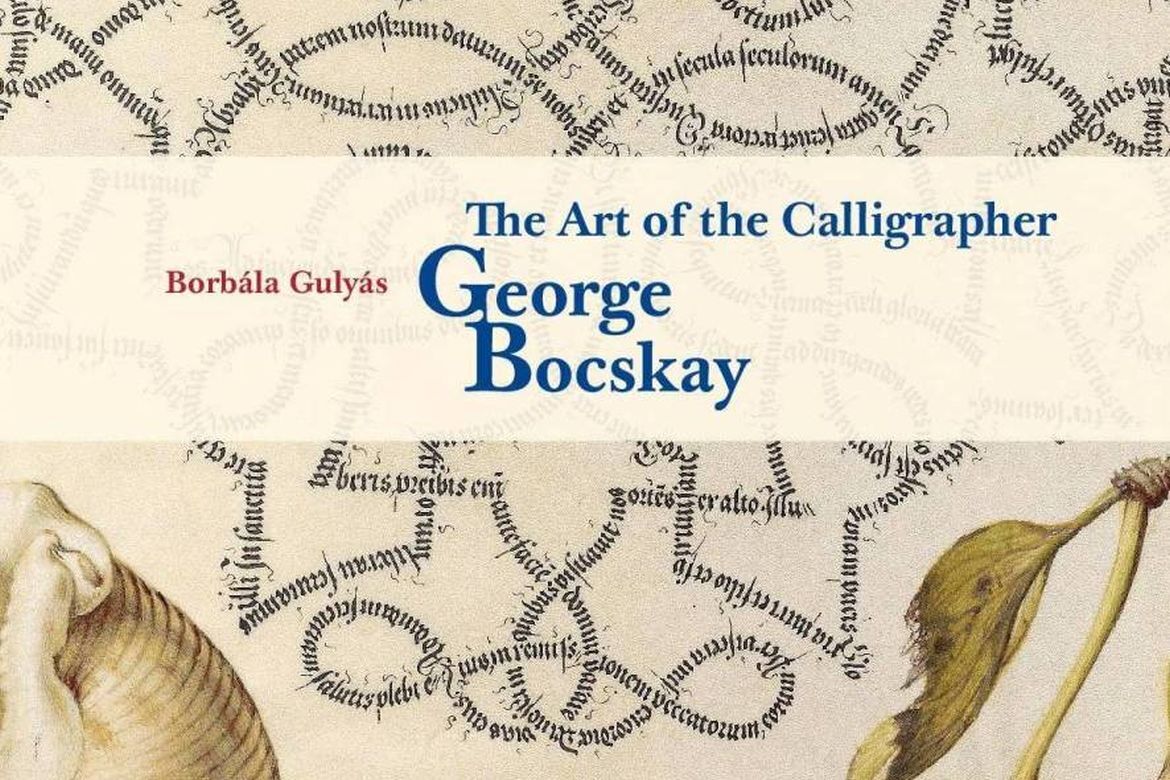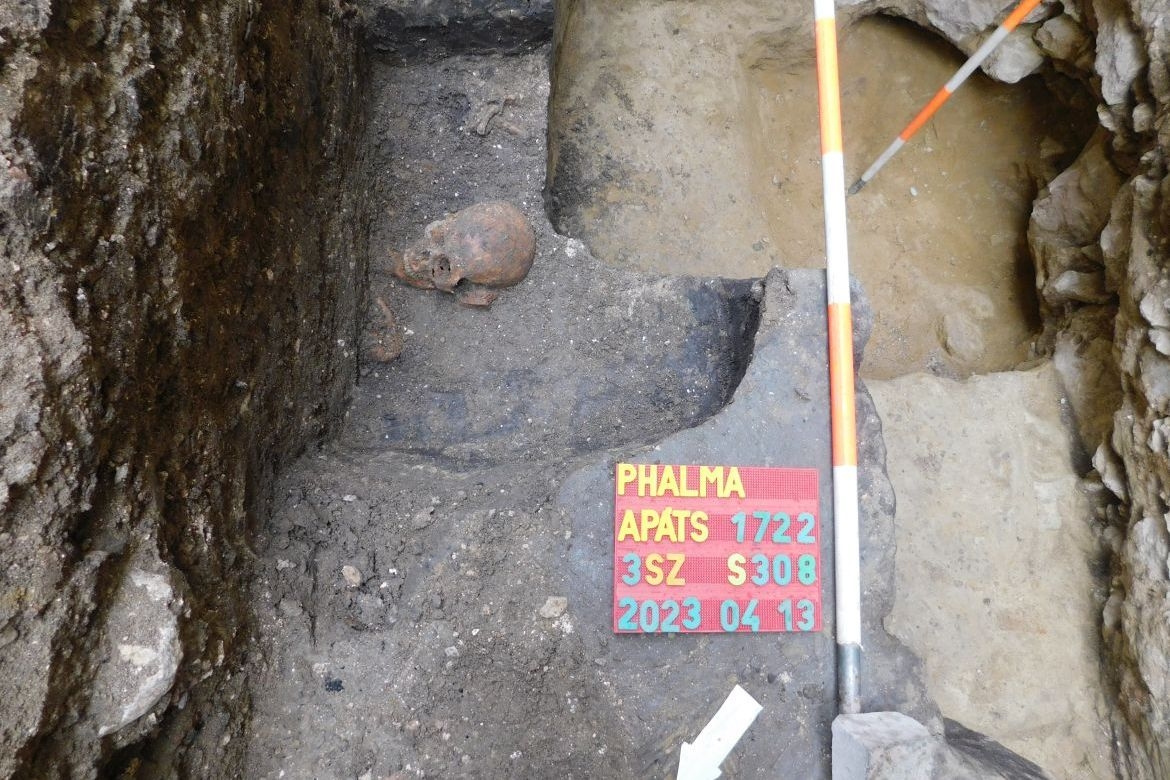
An important Ottoman source has become available to researchers as part of the RCH’s 21st-Century Studies in Humanities series. The Mufassal Tahrir Defteri of the Sanjak of Segedin (1578) is the work of Miklós Fóti, junior research fellow at the Institute of History.

In a recent digitization project at the Institute of Art History, three-dimensional digital models of late medieval bone saddles were created using photogrammetry. The models were made by Virág Somogyvári, Junior Research Fellow at the Institute of Art History.

This comprehensive volume explores the art and life of the Hungarian calligrapher George Bocskay (d. 1575). Borbála Gulyás’ richly illustrated work is the revised English edition of her 2020 volume, which was published based on her PhD thesis.

As part of the Kings, Saints, Monasteries research program supported by the Eötvös Loránd Research Network (ELKH), archaeological excavations were carried out with the leadership of the ELKH Research Centre for the Humanities (RCH) between April and May 2023 at the site located in the northern courtyard of the Pannonhalma Archabbey. Based on the scattered bones found at the site, it can be concluded that there was indeed a populous cemetery located here.
Page 11 of 23